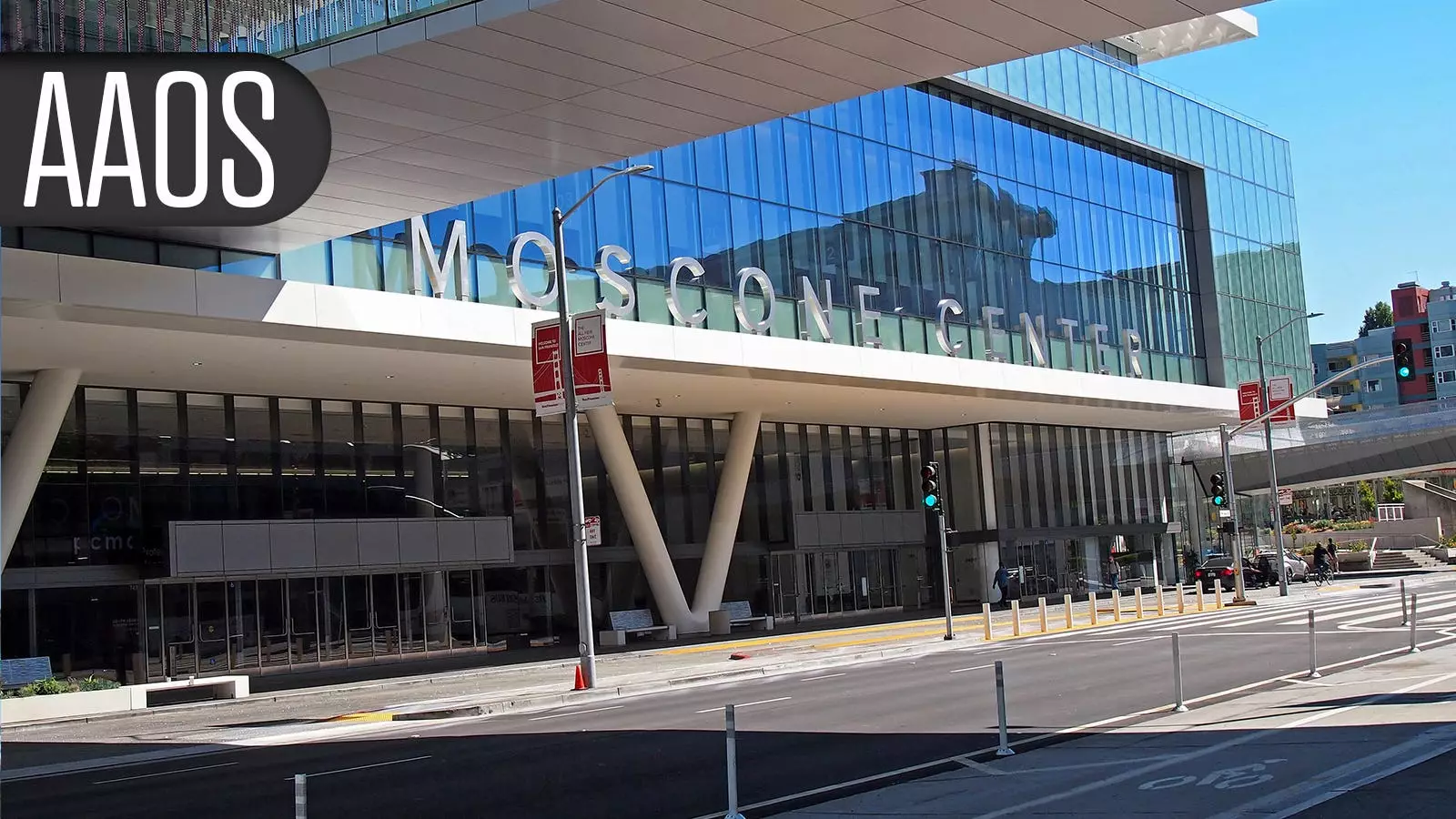The debate surrounding the use of artificial turf versus natural grass in sports, particularly in the National Football League (NFL), has been ongoing for years. Players have long complained about sustaining more injuries on artificial turf, and a recent independent study appears to support their claims. The study, conducted by Ryan Whalen and his team from the Steadman Philippon Research Institute, analyzed injury data from the NFL database between 2016 and 2021. The findings reveal that every type of common injury was more prevalent on artificial turf compared to natural grass.
Interestingly, not all forms of artificial turf pose the same level of risk to players. The study showed that slit-film turf, which boasts a softer feel and breaks down with use, was associated with higher injury rates compared to stiffer monofilament products and natural grass. This raises the question of whether the design and composition of artificial turf contribute significantly to player injuries.
Until the 1960s, football was exclusively played on natural grass. However, the debut of Houston’s Astrodome, the first fully enclosed major league baseball stadium, introduced AstroTurf to professional sports. The subsequent replacement of older stadiums with multipurpose structures further popularized artificial turf due to its easier upkeep. However, players quickly raised concerns about the hardness and grip of these surfaces. Gripped shoes often caused feet to “get stuck,” leading to cartilage, ligament, and tendon strains or tears.
Despite the initial complaints, teams downplayed the players’ concerns, attributing the rising injury rates to the increasing size, strength, and speed of athletes. While it is impossible to definitively prove that ligament tears would not have occurred on natural grass, the new study adds weight to the argument that the playing surface itself plays a role in player injuries.
The study analyzed a total of nearly 1,700 games played between 2016 and 2021, evenly split between artificial and natural surfaces. Approximately three-quarters of the artificial surfaces used slit-film turf. Overall, the injury rate per game during this period was 1.92. The analysis revealed that each type of injury, including ankle, hamstring, groin, calf, quadriceps, anterior cruciate ligament (ACL), medial cruciate ligament (MCL), leg/ankle/foot fractures, and Achilles tendon injuries, were more frequent on artificial surfaces compared to natural grass, ranging from a 2% to a staggering 62% increase.
For ankle injuries, the study found a rate of 0.561 per game on artificial turf compared to 0.498 on natural grass, representing a 12% higher rate. MCL injuries exhibited the highest disparity, with rates of 0.089 on artificial surfaces versus 0.055 on grass, translating to a substantial 62% increase. It is worth noting, however, that injury rates on monofilament plastic surfaces were similar to those on natural grass for several injury types.
The study further examined injury rates on slit-film surfaces compared to a combination of natural grass and non-slit artificial turf. The findings indicated higher rates for ankle, hamstring, quadriceps, and Achilles tendon injuries on slit-film turf, with increases of 30%, 33%, 45%, and 38% respectively. Conversely, ACL tears, groin pulls, and lower extremity fractures were less common on slit-film turf compared to both grass and monofilament surfaces.
Remarkably, the data highlighted ankle injuries as a significant concern on slit-film turf, with a rate of 0.671 per game on this surface compared to 0.515 on other types.
The independent study by Ryan Whalen and his team contributes to the mounting evidence supporting players’ claims of sustaining more injuries on artificial turf. The findings suggest that the design and composition of the playing surface, particularly slit-film turf, significantly influence injury rates. This calls for the NFL and the NFL Players’ Association (NFLPA) to develop guidelines for playing surfaces that aim to minimize injury risks for players.
These guidelines should include considerations for turf selection, maintenance, and replacement schedules. Additionally, ongoing research and collaboration between medical professionals, turf manufacturers, and sports leagues are crucial for further understanding and mitigating the risks associated with artificial turf.
While artificial turf has offered advantages such as easier upkeep and year-round playability, the well-being and safety of players should always take precedence. By addressing these concerns and making informed decisions, the NFL can create playing conditions that prioritize player health and reduce the troubling rates of injuries seen on artificial turf in recent years.

Leave a Reply